The Congo River is most certainly at the forefront of the world’s greatest bodies of water. Located in West-Central Africa, the immense Congo River rises from the highlands in Zambia and makes a counterclockwise arc before draining into the Atlantic Ocean in the Democratic Republic of the Congo. Its path is one of the longest on Earth, its waters are some of the most dangerous, and its wildlife some of the richest. Check out these 10 amazing Congo River facts that will blow your mind and learn why this river is so important.
1. The Congo River is the Second-Longest in Africa
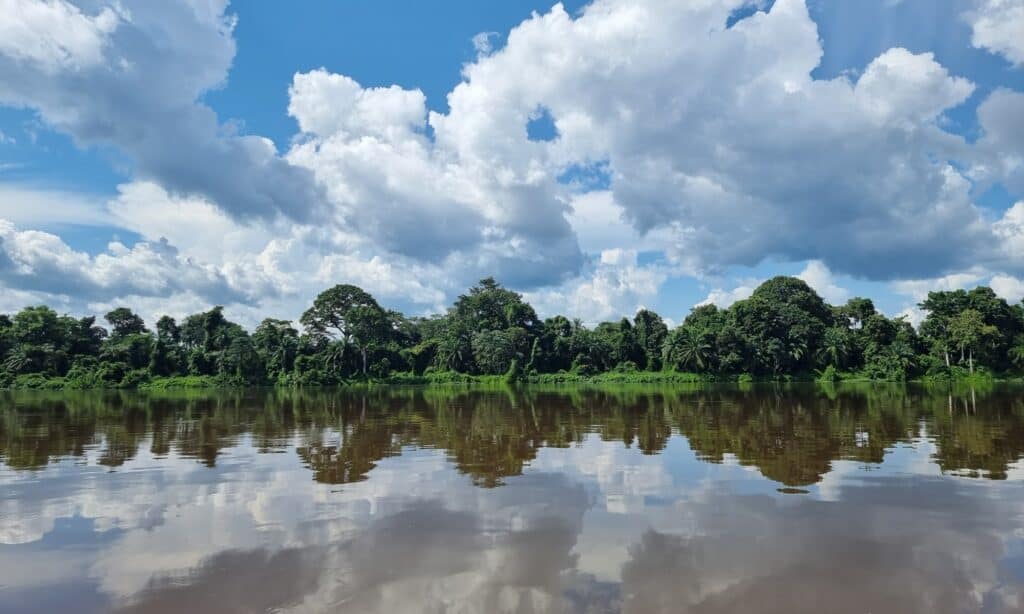
The Congo River is the ninth-longest river in the world.
©iStock.com/Fanny Salmon
With a length of 2,900 miles, the Congo River is the second-longest on the continent and the ninth-longest in the world. Due to its numerous tributaries, the Congo has the most significant network of navigable waterways in Africa. However, many of them are challenging to navigate due to their dangerous conditions.
2. It is the Deepest River on Earth
The Congo River is the deepest recorded river in the world, with depths reaching 720 feet in one portion, too deep for light to reach. The river has an average depth between 32 and 262 feet, which is still much deeper than usual for a river. The deepest portion of the river is in the lower Congo, which also happens to be one of the most treacherous areas.
3. The Congo is the Only Major River That Crosses the Equator Twice

This amazing river crosses the equator twice.
©Kwamikagami / CC BY-SA 3.0 – License
The Congo with its immense size and location in West-Central Africa, zigzags across the equator twice. The river makes an arc path, crossing the equator once while it heads north and a second as it makes its way south toward the Atlantic. It is the only major river in the world to do this.
4. The Congo River is one of the Most Dangerous in the World
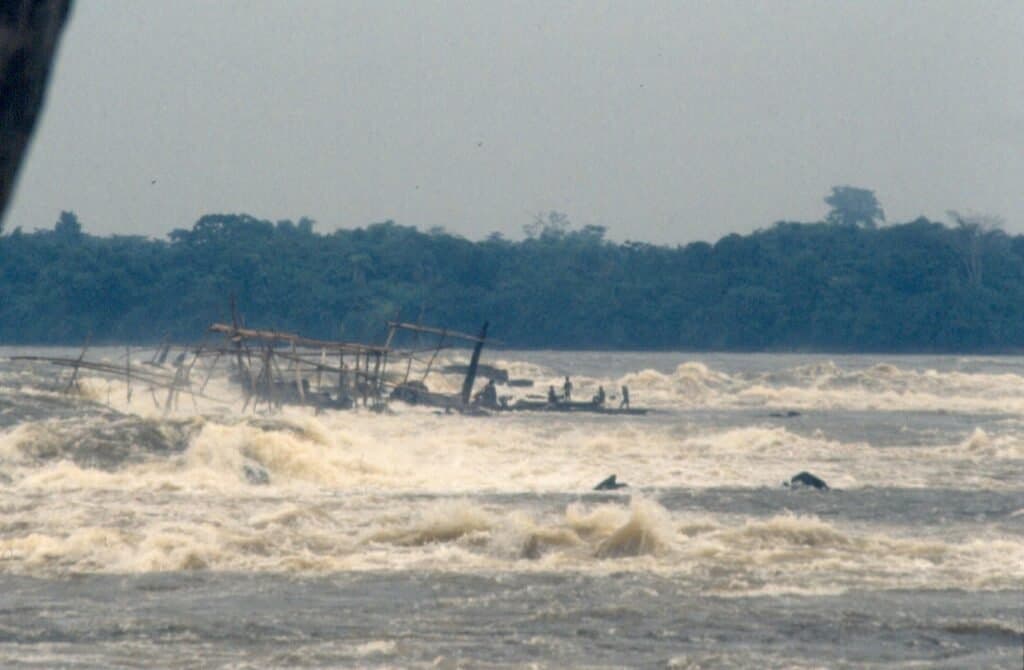
The Congo River is very dangerous due to its strong currents, rapids, and gorges.
©Ad Meskens / Creative Commons – License
Not only is the surrounding environment of the river treacherous for travelers due to the dense jungle and dangerous wildlife, but the water can also be deadly because of strong currents, rapids, and waterfalls. Even some of the most experienced boaters have difficulty navigating parts of the Congo. While the upper section has many rapids, the lower section is plagued with waterfalls and gorges.
5. The Congo Has the Highest Diversity of any African River System
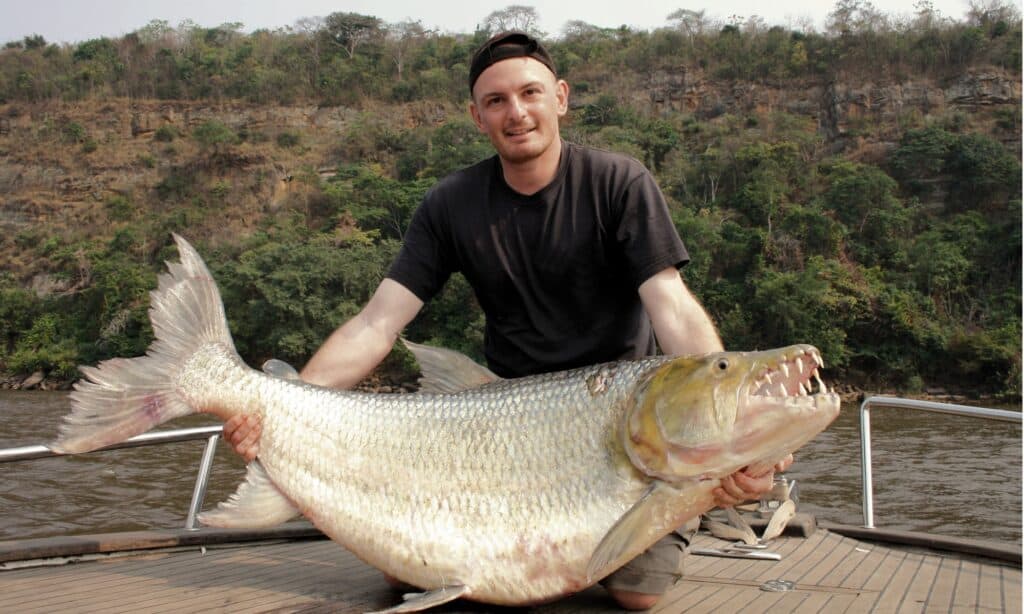
Fully grown Goliath tigerfish are four to five feet long and weigh 90 to 100 pounds.
©iStock.com/David_Pibrac
While humans have inhabited the Congo Basin for more than 50,000 years, the river’s waters and surrounding jungles are home to 700 fish species, thousands of different birds, and 400 species of mammals. The Congo River contains wildlife such as crocodiles, snakes, bonobos, elephants, gorillas, hippos, and chimpanzees.
6. The River is an Important Transporation System in Africa and has the Largest Network of Navigable Waterways
This river and its many tributaries play an essential role in transportation. It facilitates the transportation of people and goods, as well as supports the fishing industry. Just within the DRC alone, there are 8,700 miles of navigable waterways. However, because only a few bridges cross the Congo River, the system also hinders land transportation.
7. Only a Fraction of its Hydroelectric Power Has Been Harnessed
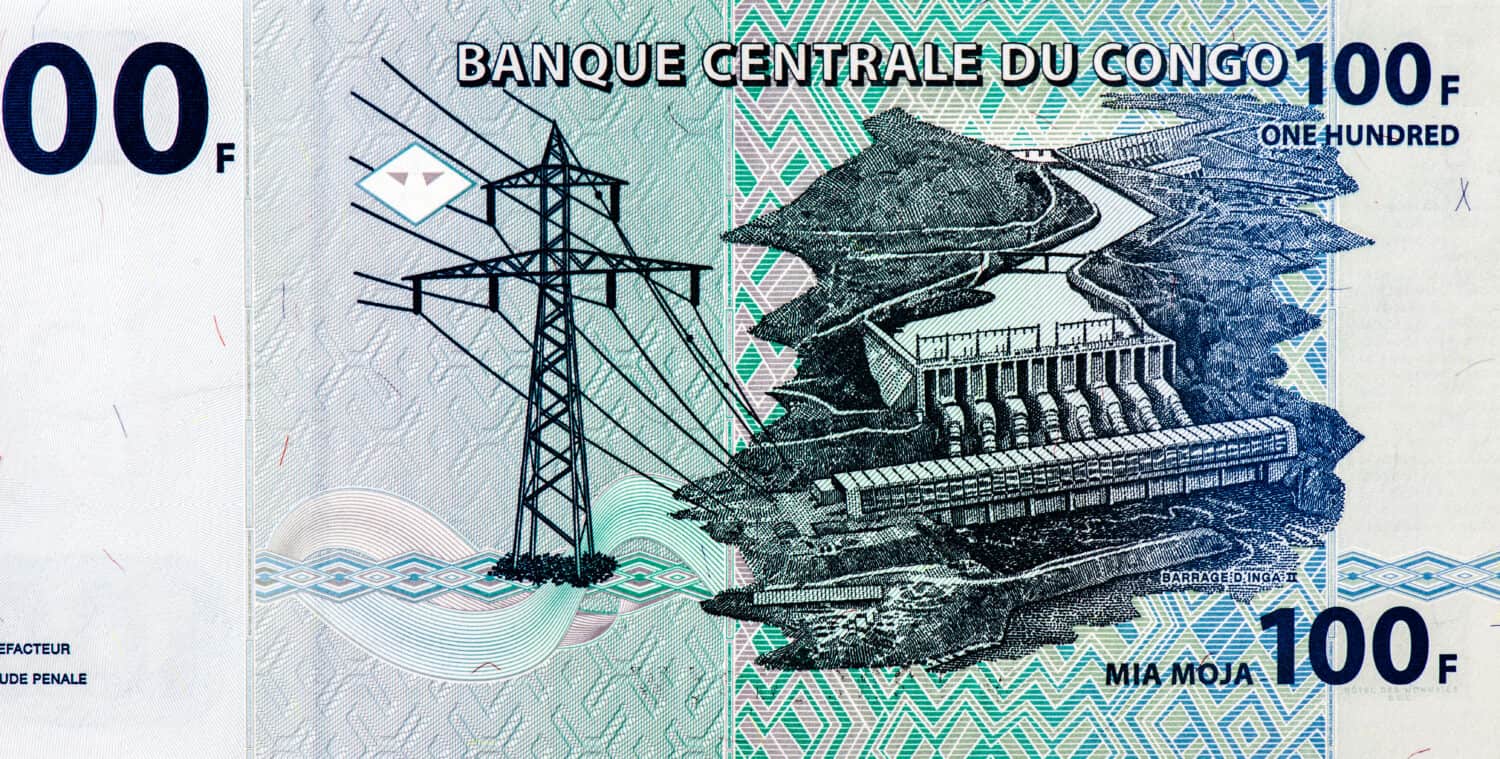
The Congo River has potential to bring electricity to the entire African continent.
©Prachaya Roekdeethaweesab/Shutterstock.com
The Congo has the largest hydropower potential in Africa and one of the largest in the world. Despite its potential power, only a little over two percent has currently been developed. The Congo Basin accounts for 13 percent of hydropower on a global scale. With a potential of 100,000 megawatts, the Congo River could bring electricity to the entire African continent.
8. The Congo’s Fishes are Evolving Differently
Researchers took samples of the same fish species on opposite sides of the Congo River’s banks near Pool Malebo. They found that the fish had a degree of genetic separation, meaning the fish on one side of the river were not breeding with fish from the other side of the river. Researchers believe that the powerful current keeps the fish apart so that they are evolving in different ways.
9. The Congo Basin is Home to the Second-Largest Rainforest in the World
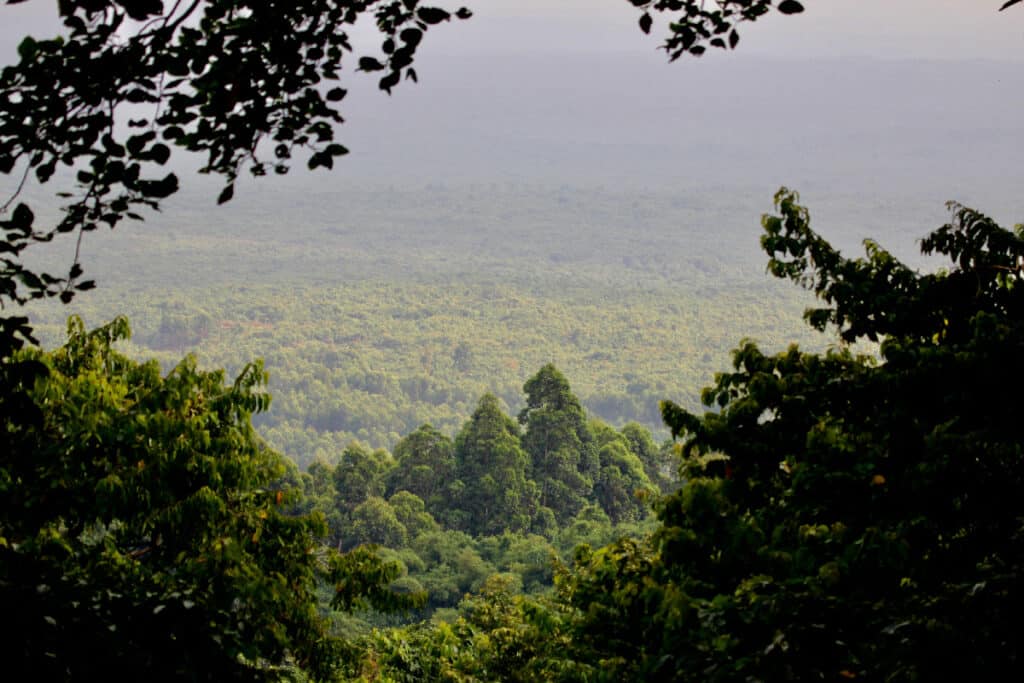
Congo Rainforest is home to 10,000 different animal species.
©Kiki Dohmeier/Shutterstock.com
Absorbing more carbon than the Amazon, the Congo Basin is known as the “lungs of Africa” and is the largest carbon sink on Earth. 60% of the forest lies in the DRC, which is the second-largest forested country in the world. The Congo Rainforest is 500 million acres, larger than Alaska. However, the forest is under strain from development, mining, and logging.
10. A Mythical Entity Supposedly Lives in the Congo River Basin
Mokele-mbembe, or “one who stops the flow of the rivers,” is a mythical dinosaur-like beast that is said to inhabit the Congo River Basin. While it is a legendary creature from African folklore believed to inhabit the remote swamps of central Africa, people have actually launched expeditions to find it. Despite over one hundred sightings over the last 100 years, no actual evidence has been found for the creature. But if there was ever a sauropod still roaming the Earth, it would probably be in the treacherous and species-rich Congo River Basin.
The photo featured at the top of this post is © iStock.com/Fanny Salmon
Thank you for reading! Have some feedback for us? Contact the AZ Animals editorial team.






